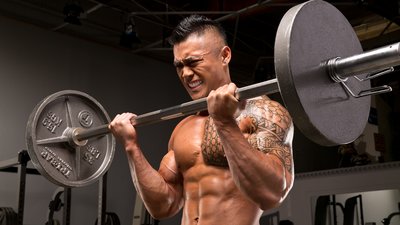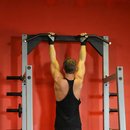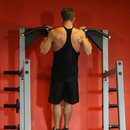There are quite a few trainers out there who will tell you that you don't need to do direct arm work, if your goals are things like being strong and athletic, rather than just effing huuuge. Some will even say that direct arm work will inevitably interfere with more important training and sabotage your gains.
Their hearts may be in the right place. But come on—no arms? None at all? All that's going to do is create a bunch of "closet curlers" who train arms in their garage after leaving the gym, and are secretly ashamed of it. Instead, let's just be honest about arm training, and focus on doing it right.
Sure, it's possible to overdo the little things and end up "majoring in the minors," both in training and life, but that doesn't mean you need to abandon the little things altogether. A little direct arm work can actually supplement your lifts, as well as help you keep your hard-earned muscle.
The difficulty lies in finding the sweet spot. Go too crazy with arm training, and you'll be too worn out to lift with the intensity necessary to spur on strength gains—you'll also increase your risk of injury. Use too little volume, and it won't provide enough of a stimulus to make any considerable difference.
Here are four rules to help you program just the right amount of arm training, and a workout to help get the most out it.
1. Use heavy, compound movements that prioritize the arms
If you're training for strength, or just trying to train as efficiently as possible, you should rely most upon compound movements, likely the classic barbell lifts and their derivatives. Include close-grip bench presses, heavy dips, chin-ups, and close-grip pull-ups as assistance exercises after your main lifts.
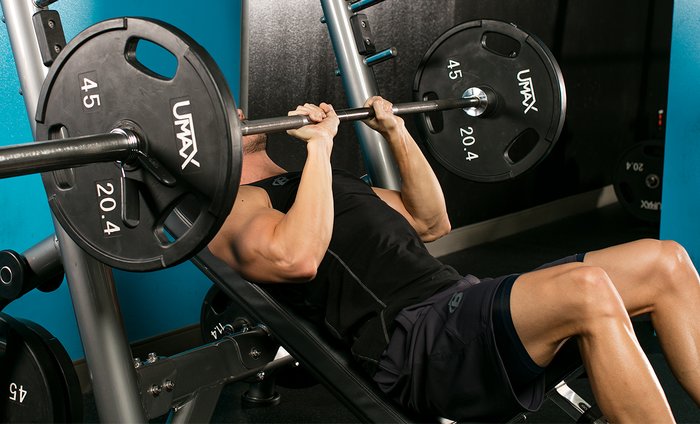
2. Don't ditch isolation movements altogether
After your compound lifts, it's time to hit your arms directly. All manner of curls and extensions can be used at the end of your workouts to directly train the arms, but embrace them for what they are: accessory work.
In other words, you may be doing sets of 3-5 on, say, deadlifts, but extending that kind of very low volume and very high intensity on direct arm work isn't a great idea. Your form will break down quickly, you'll drastically increase the risk of injury, and you won't be getting the minimum volume you need to stimulate growth. For direct arm work, a good rule is to stick to a minimum of 5-6 reps per set.

3. Limit your rest
When doing your direct arm work, try to keep your rest periods to a minimum. Somewhere between 60-90 seconds is about right to allow you enough time to recover for subsequent sets, while still keeping your training intense enough to cause the muscle damage necessary to stimulate hypertrophy.
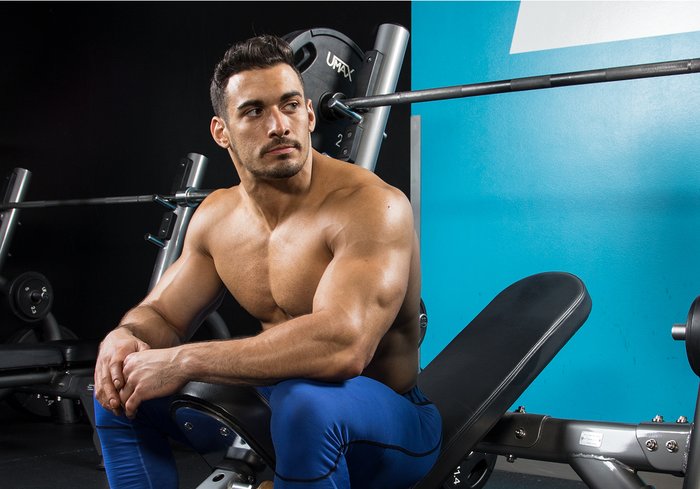
4. Limit the number of movements you do
When the goal is sheer muscle growth, you might utilize 5-8 movements per muscle group per week, or more. When strength is the goal, it's impractical to use so much variety, so instead you'll have to choose the most effective movements for each.
For triceps:
- One heavy move, such as close-grip bench or dip
- One triceps-extension variation such as cable press-downs or skull-crushers
- One overhead triceps variation
For biceps:
- One pull-up or chin-up variation
- A curl with the arms positioned behind the body
- A curl with the arms positioned next to or in front of the body
These selections target all of the heads of both biceps and triceps efficiently, and can be fit in at the end of a workout without taking up too much time or recovery power.
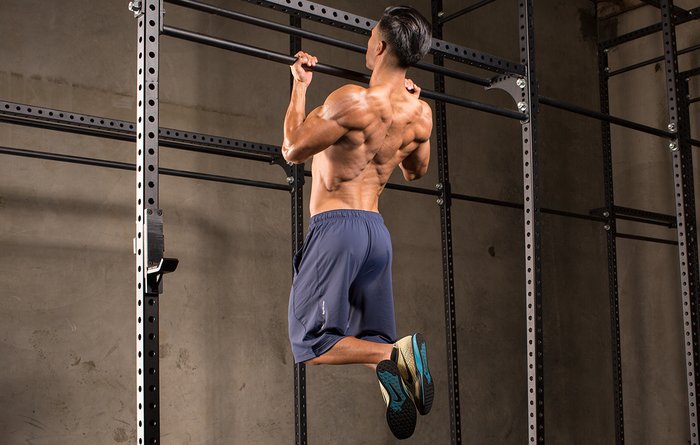
Arm Training Made Simple
If you're having difficulty fitting in direct arm work after your strength work, try this workout. You should be able to finish it in less than 20 minutes—15 if you're really motivated.
I recommend using it twice per week, either at the end of your regular workout or whenever you can fit it in, and ideally with at least one day of rest between sessions.

BodyFit
$6.99/month- 2,500+ expert-created single workouts
- 3,500+ how-to exercise videos
- Detailed workout instruction
- Step-by-step workout tips
- Training at gym or at home
- Access to Workout Plans
- Access to Bodyfit App
- Store Discounts
Already have a Bodybuilding.com account with BodyFit? Sign In

What comes with BodyFit?

- Instructional Videos
Don't risk doing a workout improperly! Avoid injury and keep your form in check with in-depth instructional videos.

- How-to Images
View our enormous library of workout photos and see exactly how each exercise should be done before you give it a shot.

- Step-by-Step Instructions
Quickly read through our step-by-step directions to ensure you're doing each workout correctly the first time, every time.
If you are really short on time, only do only the giant set. And yes, you can absolutely swap out exercises based on the equipment you have access to. Just keep the four rules above in mind, and you can't go wrong.
Keep your nutrition in line, train big lifts 2-3 times a week, and you'll get stronger from head to toe—and have the arms to match.


